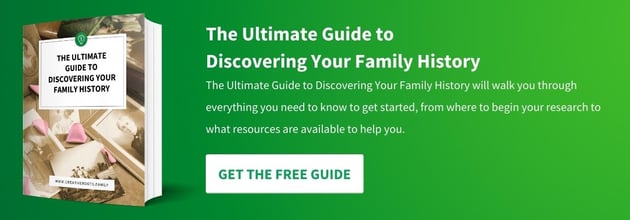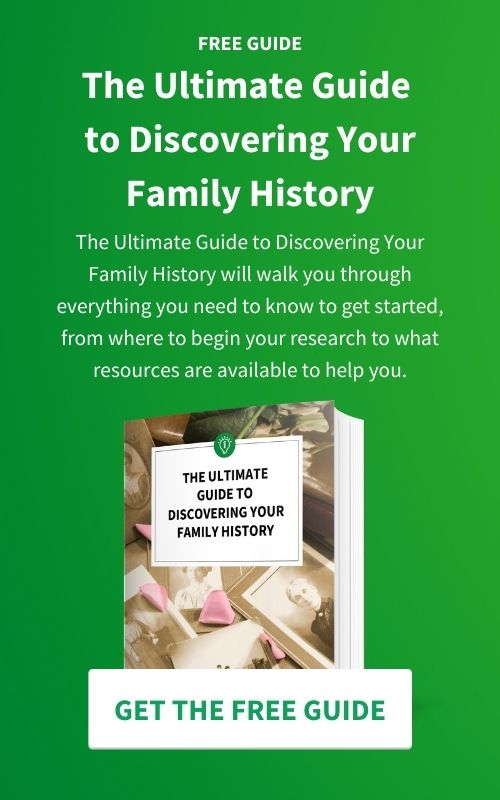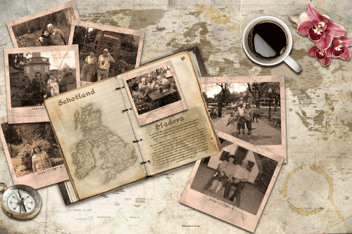Insightful Analysis of Ancestral Trends Using Census
Ancestry research is a compelling journey through time, offering us the opportunity to unravel the stories of our forebears and connect with our roots. While traditional genealogical methods have long been the backbone of this pursuit, a powerful tool has emerged in recent years: historical census data repositories. These repositories house a treasure trove of information that can provide unparalleled insights into our ancestral past. In this blog post, we will explore the importance of historical census data in ancestry research and how you can leverage these repositories to gain a richer understanding of your family history.
The Power of Census Data Repositories
Unveiling a Tapestry of Ancestral Insights
Historical census data repositories are like time capsules that preserve the details of bygone eras. They contain a vast array of information, including demographic specifics, family structures, and geographic distribution. This wealth of data can paint a vivid picture of our ancestors' lives. Census records typically include names, ages, birthplaces, marital statuses, occupations, and much more. Through this information, we can trace our lineage back in time and discover connections we never knew existed.
Traditional Methods vs. Census Data Repositories
Compared to traditional genealogical research methods, the use of census data repositories offers several distinct advantages. While traditional research often relies on fragmented and anecdotal information, census records provide a structured and systematic approach. They allow you to follow your ancestors through the years, observe how they evolved, and understand the social, economic, and historical contexts in which they lived.
Locating and Accessing Census Records
Navigating the Census Landscape
Before you can dive into the world of historical census data, you need to know where to find these repositories. Fortunately, they are more accessible than you might think. Governmental archives and private genealogical websites are common sources. Governmental archives, like the National Archives in the United States, preserve official census records. Private genealogical websites, such as Ancestry.com and FamilySearch, have also digitized and made census records available online.
Efficient Search and Navigation
To efficiently search and navigate through these repositories, consider these tips:
-
Start with What You Know: Begin your search with the most recent census data available and work your way backward in time. This helps establish a foundation for your research.
-
Use Specific Criteria: Narrow down your search with specific details like names, birthdates, and locations. This will help you pinpoint the right records more quickly.
-
Consult Indexes: Many repositories provide searchable indexes that can save you time in locating relevant records.
-
Cross-Reference Data: As you gather information from various census records, cross-reference data to confirm its accuracy.
Analyzing Ancestral Trends and Patterns
Unearthing the Past through Analysis
Once you've gathered a substantial amount of census data, the real fun begins – analyzing ancestral trends and patterns. There are various techniques you can employ to bring out the hidden stories of your ancestors:
-
Group Data by Year: Grouping data by year enables you to trace changes in your family over time, such as the growth of new generations or shifts in occupations.
-
Analyze Geographic Distribution: Plot your family's locations over different census years to uncover migration patterns and changing residences.
-
Explore Family Name Patterns: Tracking the prevalence of family names in different generations can offer insights into naming traditions and connections with extended family.
Real-World Examples
Consider the following examples of ancestral trends that could be uncovered through census data analysis:
- Discovering a pattern of occupational changes over generations, reflecting economic shifts.
- Tracing a family's journey from rural areas to urban centers, shedding light on migration patterns.
- Uncovering extended family structures by noting individuals living under one roof in various census years.
Utilizing Census Data Insights to Enhance Your Ancestry Research
Breaking Through Genealogical Dead-Ends
The insights gained from census data analysis can be invaluable in enhancing your overall ancestry research. They can help break through genealogical dead-ends by providing crucial information and filling gaps in your family tree. The details found in census records can lead you to other sources of information, such as vital records, land records, and historical newspapers, enabling you to construct a more comprehensive picture of your ancestors' lives.
Summarizing the Benefits
Historical census data repositories are indispensable resources for anyone passionate about their ancestry. They provide a unique window into the past, offering detailed insights that traditional methods often can't match. By locating and accessing these records, you can unveil a wealth of information about your ancestors. Analyzing the data can reveal ancestral trends and patterns, while utilizing these insights can break through genealogical roadblocks.
So, dear readers, we encourage you to explore historical census data repositories. They are not just repositories of information but gateways to your family's past, enabling you to develop a richer and more profound understanding of your ancestral history. Start your journey today, and watch the past come alive in ways you never thought possible.
For more tips on documenting and sharing your family research, insightful analysis of trends using census data, and fun genealogy activities for kids, check out our previous blogs: How to Get Your Kids Excited About Your Family History, Fun Family History Ideas for Kids and 7 Creative Ways to Document and Share Your Ancestry Research.


Article by Carol Walsh
Carol Walsh is the CEO of Creative Roots, a professional genealogy company. She has a passion for preserving family history and storytelling. Carol's research methodology centers around fact-finding and publishing in a format that readers can use to preserve the stories. Her ultimate goal is to help families connect with their past and each other.





